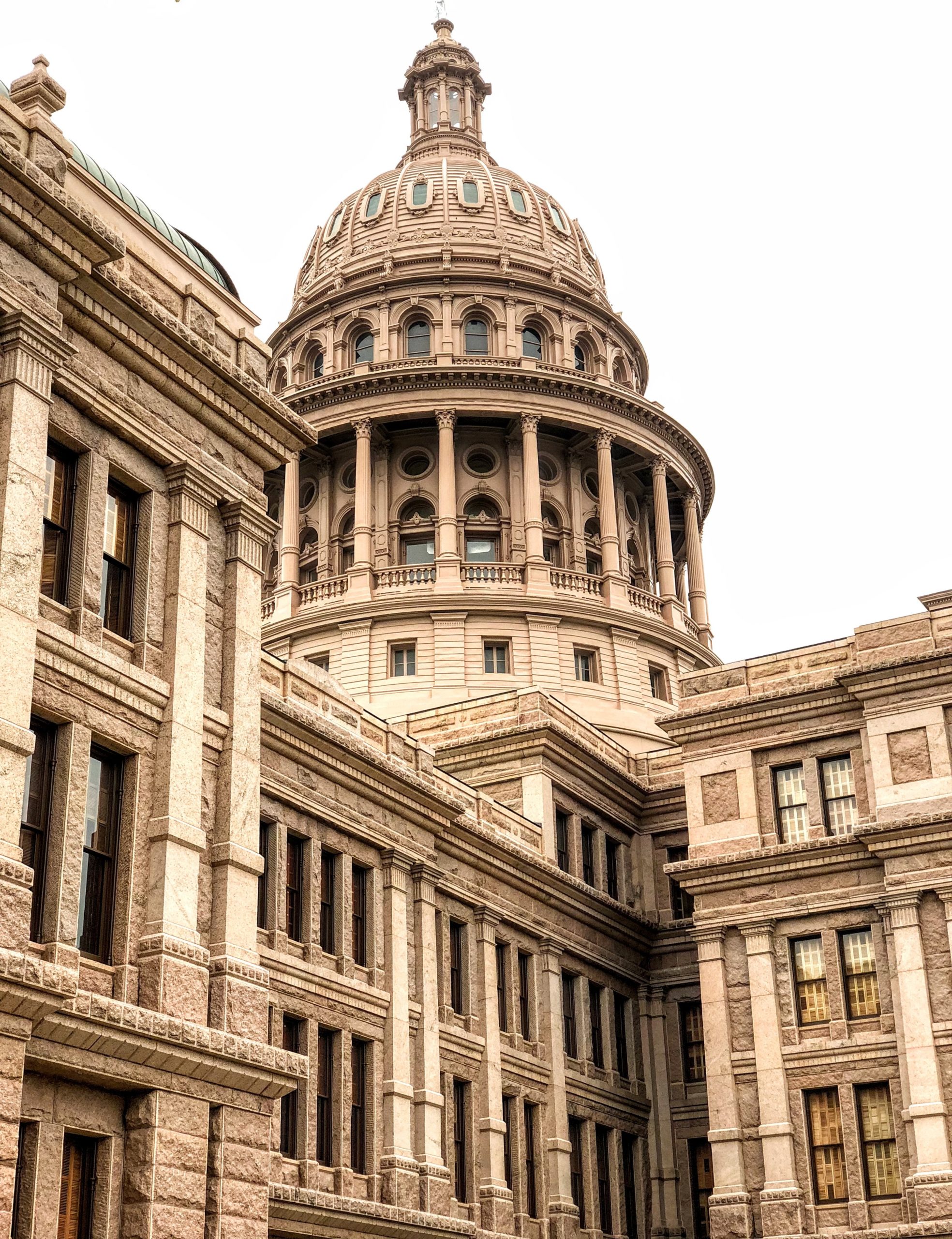
05 Apr CARES Act Explained
CARES Act Explained
In light of the tremendous economic hardships that the COVID-19 pandemic has placed on the American people, the U.S. government is rolling out the largest economic relief package in our country’s modern history. The CARES act is intended to slow the negative effects this pandemic is having. With social distancing rules and regulations in place from coast to coast, many industries are suffering major losses. Service, restaurants, hospitality, and tourism are all being hit dangerously hard right now. According to Jason Wingard of Forbes, the Food Services & Drinking establishments industry has already lost 417,000 jobs. According to the Times, the majority of independent restaurants closed for public safety, won’t be able to bounce back from the losses suffered during the pandemic. The industry is set to lose about $225 billion in revenue and 5 – 7 million employees in the coming months. The Retail industry was also hit hard with the closures as 200,000 stores close across the country. North American retail traffic down 97.6% compared to this time last year and right now there are already 46,000 lost jobs and 600,000 furloughs. The Accommodations sector has already lost 29,000 jobs and is currently losing $1.4 Billion per week with Hotel transactions down 96% from where they were just two months prior. Airlines are also suffering major losses and stand to lose $21.1 billion and 5.9 million jobs before Mary. 
With all of this in mind, it is easy to see why the United States government is putting out the massive $2 trillion relief bill to help ease the financial burden on the backs of the American people. Here’s how the money breaks up: $540 billion is going towards individuals, $153.5 billion to public health, $500 billion is going to the financial support of large companies, $377 billion for the financial support of small businesses/companies, $339.8 billion going to State and local governments, $43.7 billion going towards education, and $26 billion acting as a safety net to be directed where it may be needed most. This bill isn’t just for states to start filling out blank checks from the government. These funds have been allocated in ways that it will best help the country recover from this economic quicksand we seem to be sinking into.
Photo by Anugrah Lohiya from Pexels
For individuals, there are quite a bit of benefits and breaks from the government listed in the bill, one of which is a one-time payment of $1,200 to American taxpayers. Uncle Sam isn’t going to be knocking on doors with his checkbook though. The money is being distributed via the 2019 tax returns in the form of a refundable tax credit. It won’t be counted as taxable income and there are limitations to this payment. The amount you receive begins to phase out at an income of $75,000 a year for singles, $112,500 for heads of household, and $150,000 for joint taxpayers. The phasing works by lowering the amount you receive on your tax credit by $50 for every $1,000 the tax-payer(s) make. The tax credit phases out completely at $99,000 for singles with no children and $198,000 for joint filing with no children. Also, if you are eligible for a larger return based on a change in income from 2019 to 2020, you will receive what you are owed during the 2020 tax season. Families will receive an additional $500 flat per child under the age of 17.
Other things individuals can take advantage of are the retirement account changes that are a part of the bill. One of the main changes is that the 10% early withdrawal fee on retirement account distributions has been waived for tax-payers facing virus-related challenges. Eligible individuals are able to borrow up to $100,000 from their retirement account without the early withdrawal penalty, as long as they pay It back within three years. Qualifying accounts include; IRAs and other qualified retirement accounts, 401Ks and other qualified trusts, certain deferred compensation plans, and qualified annuities. On top of these adjustments, required minimum distributions on retirement accounts are being waived for the 2020 calendar year. This provision alone will help many households adjust to the challenges to come.

Other than the direct tax credit and retirement account amendments, there were also plenty of funds allocated to unemployment insurance. There is a $600 per week increase in funds for up to four months. Incentives for states to repeal waiting weeks have also been included. Laso these benefits are now available to people who are usually ineligible such as self – employed, independent contractors, and those with a limited work history. Basically, they are getting more money on more people’s pockets faster.
Speaking of putting more money in people’s pockets, $350 billion of the relief fund is allocated towards paycheck protection. A lot of this part of the bill is to help small businesses (500 or fewer) that are affected by the virus to make payroll. Small businesses are able to take loans of up to 10 million based on a formula tied to their payroll expenses. This is also only intended to cover employees making up to $100,000 per year. These loans can be forgiven if used for payroll, interest payments on mortgages, rent, and utilities. These loans will be reduced proportionately to any reduction made in employees retained compared to the prior year, and a 25% or greater reduction in employee pay. The government is trying really hard to stave off the wave of unemployment.
Businesses are not the only ones that are going to need some more money in their pockets, States and cities are going to feel this too. $454 billion was directed strictly to emergency lending for businesses, states, and local municipalities. $25 billion is intended for the airlines, $4 billion for air cargo firms, and $17 billion for firms whose role is critical to our country’s security. But this money comes with some rules. Firms taking loans have limits on employee compensation and severance. They also are not allowed to participate in any stock buyback. On top of many other tax rebates and reliefs that have been included to make businesses more liquid, States are also receiving $150 billion as a relief fund to help government losses across the country and ease the impact on our municipalities.
However, just because all of this money is on the table doesn’t mean that you have to reach for every bit of it. Many people and businesses are in a situation that doesn’t require them to utilize this government assistance. Make sure that you check with your employer or your financial advisor and see what the best move would be for you in this time to maximize your income, and minimize your risk. Remember, Plan Smarter & Live Better.
Cover Photo by Priya Karkare from Pexels




Sorry, the comment form is closed at this time.